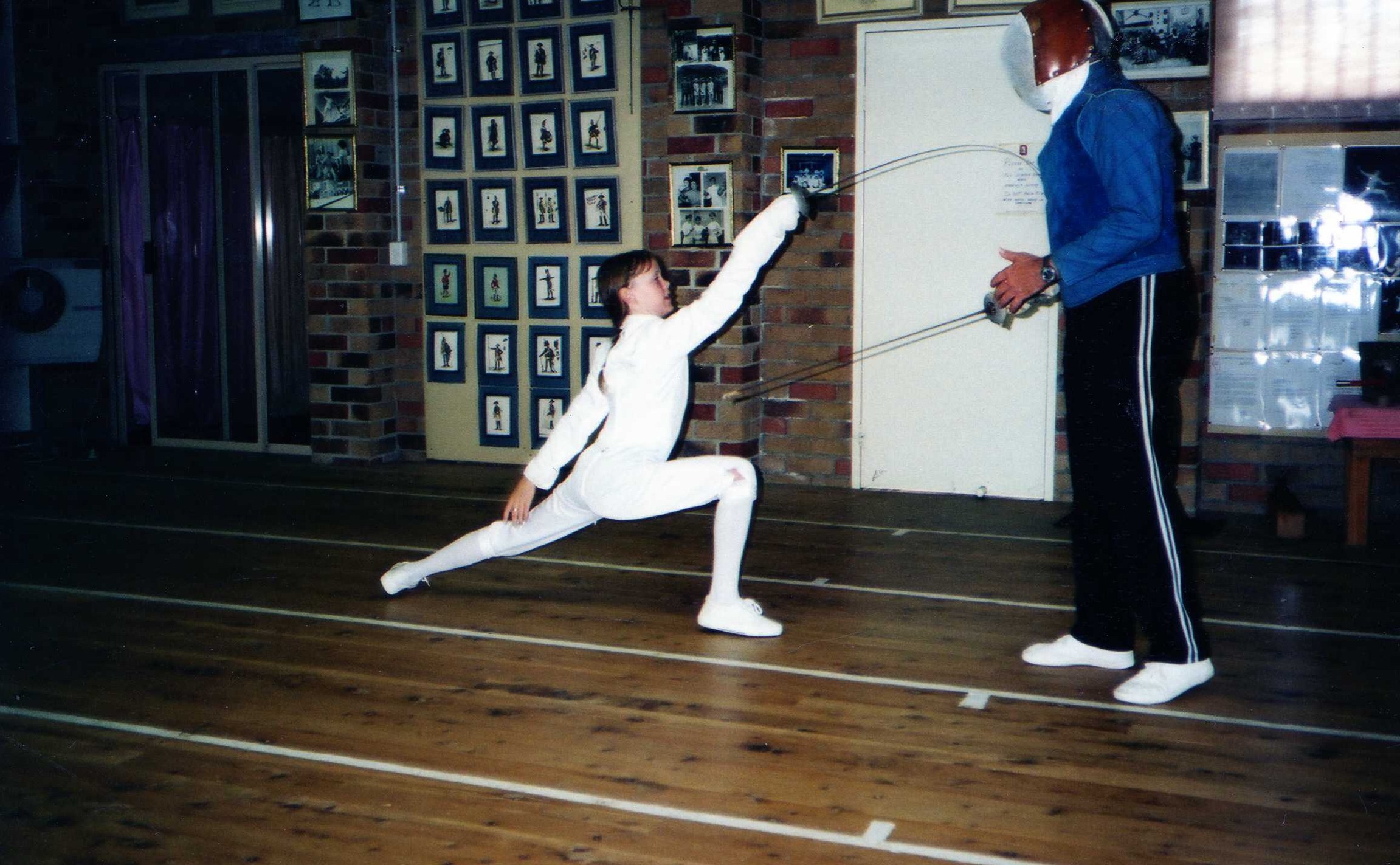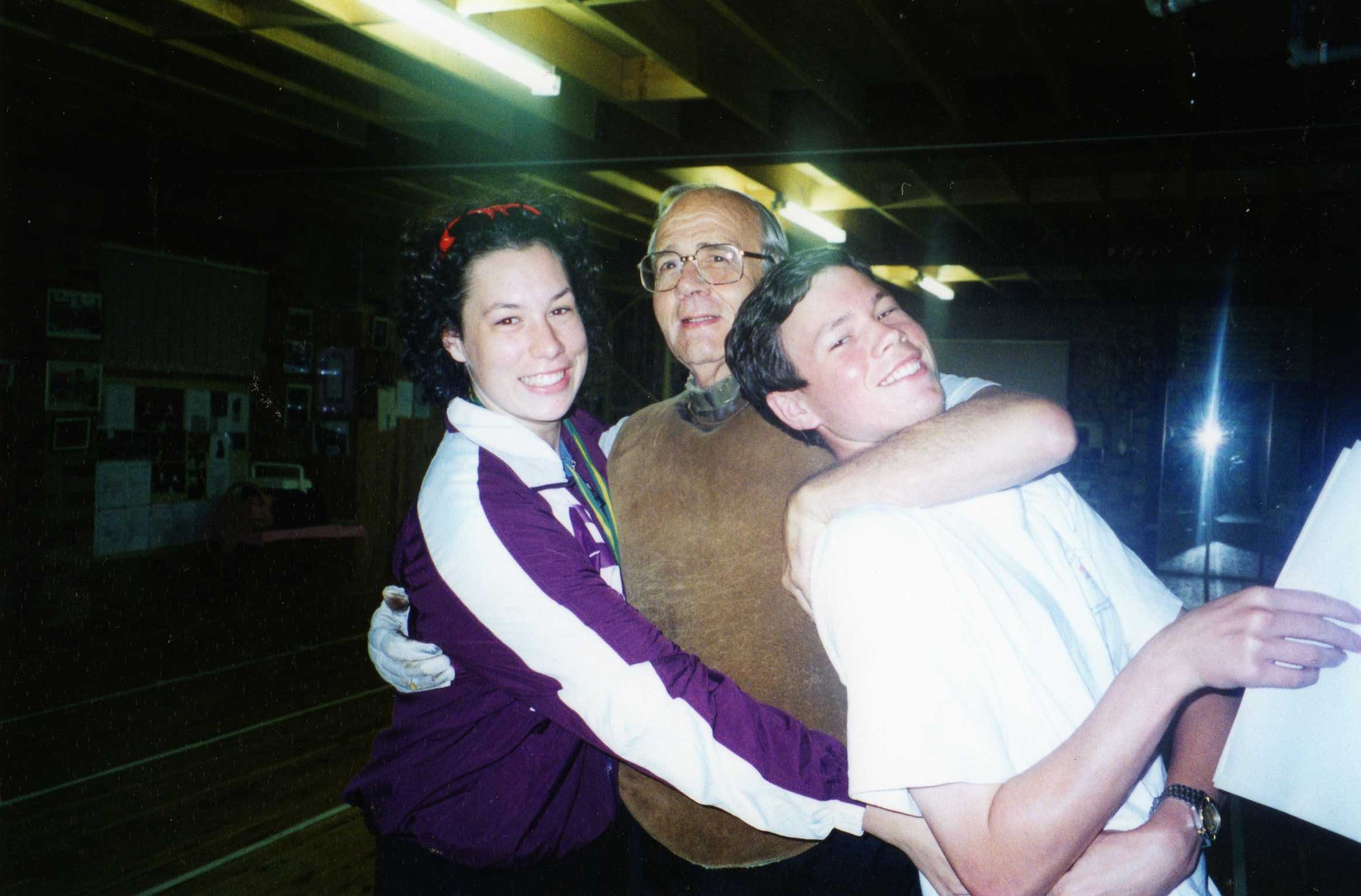
In fashionable-working day fencing a guard is a static place of the blade the fencer adopts when there is no ongoing offensive or defensive action, and is not regarded as an real motion. This serves as the foundation for acquiring and developing schooling methods that instruct pupils not only method and methods for the Prolonged Sword, but also a coherent doctrine for its use.

The afterblow, a functionality of fencing with the Incredibly extensive Sword properly into the late 1500s (and likely as a consequence of the 1600s), is a distinct state of affairs. A guard may perhaps properly be counteroffensive when it poses a quick menace to deny doable motion by an opponent (an illustration is Really extended Place). Yet, at the minute of get in touch with between the blades the two fencers are in indes, and time stands on the other hand for a millisecond. Nevertheless, even further take a look at is preferred just just before I will make that assertion.

In distinction to in stylish fencing in which there is sizeable settlement that a distinctive motion belongs in a selected team, historic actions may well be comprehended as fitting in supplemental than one group. In some Medieval equipment 3 guards are part of an attack as setting up off, middle, and ending details, and ending an attack in a guard situation is normally only a changeover into the potential assault launched from that guard.

It is tempting to appear at the return stroke subsequent a displacement of the opponent's blade (the modern working day riposte) as remaining section of the protection, specifically offered the emphasis in German doctrine on the worthy of of this type of a stroke. This classification scheme will assistance systematize instruction, increases investigation of competitiveness results, and supplies a wide knowledge of what transpires in a bout. Modern analysis of fencing strategy incorporates the grouping of like actions into 4 very simple classifications: actions not meant to conclude end result in a contact, offense, defense, and counteroffense. The classification of the process is dependent added on the tactical intent of its use than on the selected method of execution.
Implementing a classification system to German Extended Sword tactic is vital to currently being familiar with the harmony of system in the historic file. It could well be relevant to other Really lengthy Sword traditions, to other weapons, and perhaps to Renaissance period fencing. In contrast to in present working day fencing, particularly where by renewals are constrained in amount and carry hazards imposed by the laws, renewals of the offense use varied approaches and are as major as the very first offense on your own.
An assessment of Substantial Sword method suggests that there are 5 classifications of actions: guards, offense, renewal of offense, protection, and counteroffense.

The pursuing assessment is based mostly on German Prolonged Sword physical exercise. A following crucial reason of counteroffensive movement is to deny the opponent the opportunity to initiate an assault securely (a human being of the functions of lengthy situation) by creating a credible risk that the opponent will have to to commence with choose out. A modify in guard could energy adoption of a distinct guard by the opponent, creating an likelihood for the offense. An wonderful circumstance in issue is the loved ones of Grasp Cuts from the German Extended Sword tradition these cuts can be delivered as offense or as counteroffense. A guard is defensive when it closes a line to a probable assault. Prolonged Sword level of opposition tips make it possible for for a human being fencer (the competitor who had set up his problem as king) to negate an attack absolutely and acquire the bout by afterblow.. Guards are mobile, with recurrent motion in among guard positions. If the attacker seizes the initiative, it is a renewal of the assault. For illustration, this actual approach may well be applicable also to being familiar with the little physique of surviving English Prolonged Sword compound. Preferably, the counteroffensive movement both blocks the opponent's motion and lands a strike on the attacker (the cross or thwart stroke is an example). It is tempting to regard these as assaults, but I think about they must be categorised as counteroffensive, as they were being supposed to redress the equilibrium in the combat by inflicting at the incredibly the very least as considerably destruction as has been gained. This differs from the Medieval comprehending of a guard as a spot that fulfills a assortment of roles integral to the other classes of steps. At final, chopping away steps to complete the engagement are inherently counteroffensive as they are meant to make it doable for an exit and to discourage pursuit.
Protection is commonly considered as becoming actions which block an assault with the blade or evade the assault but do not consider to hit the opponent. An afterblow is shipped by the main defender, hitting the attacker as he tries to get effectively and reposition quickly right after the assault. If the defender moves initially, it is theoretically his assault to which the authentic attacker will have to reply or be strike.
Renewals of the assault are considered offensive steps in contemporary day fencing. As opposed to the counteroffensive motion which seeks to intercept the assault, security accepts the assault and will Arvind Pandit acquire movement just after it has been evaded or blocked.
Offensive steps are very first blade techniques meant to strike an opponent who has not presently initiated an attack. Even so, in the Prolonged Sword renewal of the assault is a major element of fencing doctrine, filling a number of essential roles: keeping or regaining the initiative pursuing a parry of the to start with offense, denying an opponent the capacity to make a defensive or counteroffensive movement, and physically forcing the opponent to give flooring underneath the sequence of blows. Even though some have experimented with to superimpose the present day method on historic fencing in the Center Ages, there are vital variants in doctrine and method which endorse the want for a uniquely historic classification method.
Counteroffensive steps are strokes meant to intercept an assault and inflict a strike right before the attack can arrive at its focus on
No comments:
Post a Comment